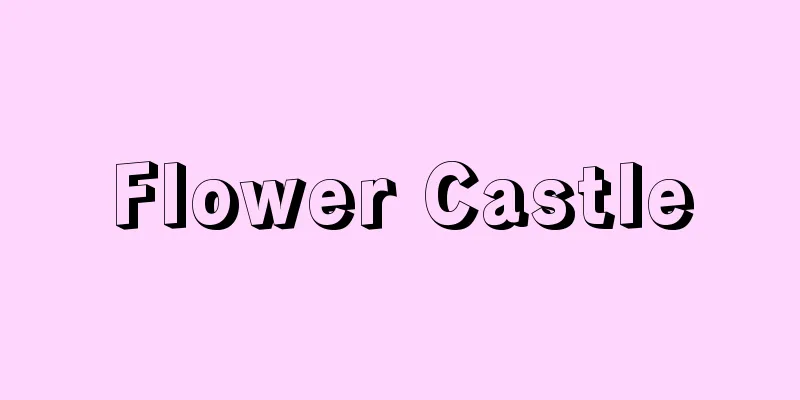Mountain Uprising - Sanchu Ikki

|
The peasant uprising occurred in the mountains of Mashima and Ooba counties in Mimasaka Province (Maniwa County, Okayama Prefecture) in 1726-27 (11th-12th year of the Kyoho era). In November 1726, Matsudaira Asagoro, the lord of Tsuyama Domain in Mimasaka, died young, and his fief was reduced from 100,000 koku to 50,000 koku. As Yamanaka was likely to be incorporated into the Shogunate's territory, they demanded the return of the taxes they had paid that year, and dissatisfaction with the domain's monopoly on politics by the new official, Kubo Shinpei, also led to unrest within the domain, and some of the village headmen took rice from the village storehouse. This enraged the Yamanaka peasants, who rose up in revolt under the leadership of Makimura Tokuemon, Miomura Yajiro (Yajiro), and Hinata Hanroku, and destroyed the house of the village headman of Kuze (from the beginning to the end of December). The rebellion was brought under control for a time, but it flared up again early in the New Year of the following year, 1854, when, under the leadership of Tokuemon and others, they rose up armed with guns and bamboo spears, and confronted the clan government forces that had also come to suppress the rebellion armed with guns and cannons. On the night of the 12th of that month, the main force that had gathered in Doi Village was attacked at night, and the rebels were almost completely annihilated. Many of the rebels were cut down, while the leaders of the rebellions were taken to Tsuyama, where they were crucified, executed, and executed in March. [Tadao Yamada] Source: Shogakukan Encyclopedia Nipponica About Encyclopedia Nipponica Information | Legend |
|
1726~27年(享保11~12)に美作(みまさか)国真島(ましま)、大庭(おおば)両郡(岡山県真庭(まにわ)郡)の山中一帯に起きた惣百姓(そうびゃくしょう)一揆。1726年11月美作津山藩主松平浅五郎が夭折(ようせつ)したため、10万石が5万石に減知された。山中は幕領に編入される公算から、納入した同年年貢の取り返しなどを求め、また新参役人の久保新平の藩政壟断(ろうだん)への不満も絡み、領内動揺のおり、一部大庄屋(おおじょうや)が郷蔵(ごうぐら)から米持出しをしたので、激高した山中農民が牧村徳右衛門(とくえもん)、見尾村弥次郎(弥治郎)(やじろう)、日名田半六(ひなたはんろく)らを頭取(とうどり)に蜂起(ほうき)、久世の大庄屋宅などを打毀(うちこわ)した(12月初~月末)。いったん収拾したが、翌27年正月早々に再燃、徳右衛門らの指導下に鉄砲、竹槍(たけやり)で武装して蜂起し、これも鉄砲、大筒を用意して鎮圧に赴いた藩庁軍と対峙(たいじ)、同月12日夜、土居(どい)村に集結していた主流勢が夜討ちされて一揆側はほぼ潰滅(かいめつ)した。一揆勢は大量に切捨てられる一方、津山へ連行された頭取たちは3月、磔(はりつけ)、獄門、死罪に処せられた。 [山田忠雄] 出典 小学館 日本大百科全書(ニッポニカ)日本大百科全書(ニッポニカ)について 情報 | 凡例 |
>>: Local wholesaler - Sanchidonya
Recommend
Shinshi - Shinshi
This shrine is located in Taiyuan city in the nort...
Ananino Culture - Ananinobunka (English spelling) Ананьино/Anan'ino
A Bronze and early Iron Age culture dating from t...
Katakana Calendar - Katakana Goyomi
…The appearance of the kana calendar made it acce...
Pisano, B. (English spelling) Pisano B
The Tuscan region, especially in Lucca, Pisa, and...
Kitwe (English spelling)
A city in the copper-producing region of Zambia i...
Fetal heart sounds
Also called fetal heart sounds, these heart sounds...
Karagie Lowlands - Karagie Lowlands
...The region is characterized by lowlands and pl...
Dielectric loss
When an AC electric field is applied to a dielect...
Rotary pump - Rotary pump
A positive displacement pump that uses rotors and...
ECE - Electrical and Computer Engineering
Economic Commission for Europe United Nations Econ...
Tanzimat (English spelling)
This refers to a series of "modernization&quo...
Aoyama Normal School
...A national university located in Koganei, Toky...
Arabis stelleri (English spelling) Arabisstelleri
…[Murata Gen]. … *Some of the terminology that me...
Trionychidae
…the name of a group of soft-shelled turtles belo...
Prayer - inori (English spelling)
Prayer, as a basic element of religious phenomena...









